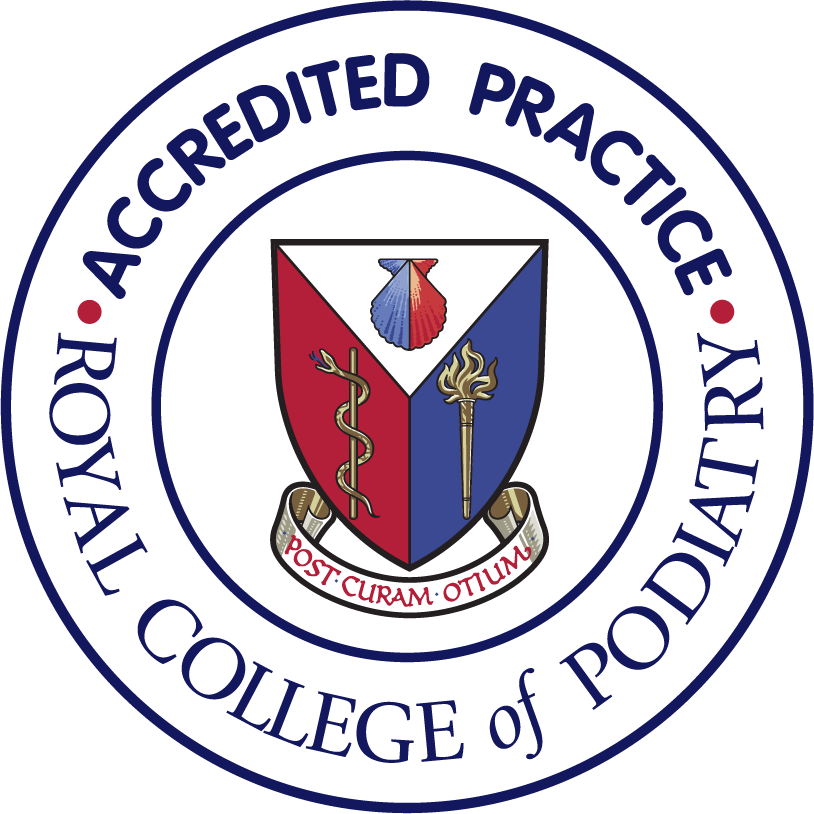Ingrown Toenail Treatment Oldham, Manchester
Click this link to book a Free ingrowing toenail assessment to discuss your options (assessment only, treatment not included). An ingrown toenail is a highly painful condition where the nail pierces and embeds itself into the skin. Frequently mistaken for an infection, this condition can trigger pain and swelling, with the risk of a subsequent infection necessitating swift medical attention. If timely intervention is sought, the embedded nail can be cautiously trimmed, facilitating proper growth and alleviating discomfort.
In most cases the nail spike can be painlessly removed in more severe cases we are fully qualified to use local anaesthesia. Post-treatment, the toe is dressed with a potent antiseptic dressing, and in some instances, antibiotics might be prescribed.
In very severe cases where an ingrowing toenail is frequently reoccurring or, the spike is too deep to remove conservatively, nail surgery is required. This involves an anaesthetic so that the patient can not feel any pain and then removing a thin slither of nail from one or both sides of the nail plate. A chemical called phenol is then applied to the nail matrix to cauterise a small piece and prevent it growing back permanently. We are experts with nail surgery performing numerous procedures every year with excellent cosmetic results and permanent relief from the symptoms of an ingrowing nail.
Enquire Now
Fill out the form below and we'll get back to you as soon as possible!
Contact Us
Treating Ingrown Toenails (Advanced)
In cases of very advanced or recurrent ingrown toenails, a permanent resolution involves the removal of the affected nail's edge, a procedure referred to as ‘Nail Surgery.’ This safe procedure yields aesthetically pleasing results and doesn't require stitches, however a local anaesthetic injection is necessary, followed by dressings for around two weeks post-surgery.
If you think you’ve got an ingrown toenail, to mitigate the risk of infection, it's recommended to cleanse your affected toe in a saltwater bath and apply a plaster to cover the wound until your scheduled Podiatry appointment. Your GP can prescribe antibiotics if you are concerned about infection.
FAQ's
Frequently asked questions for those looking to treat an ingrown toenail.




